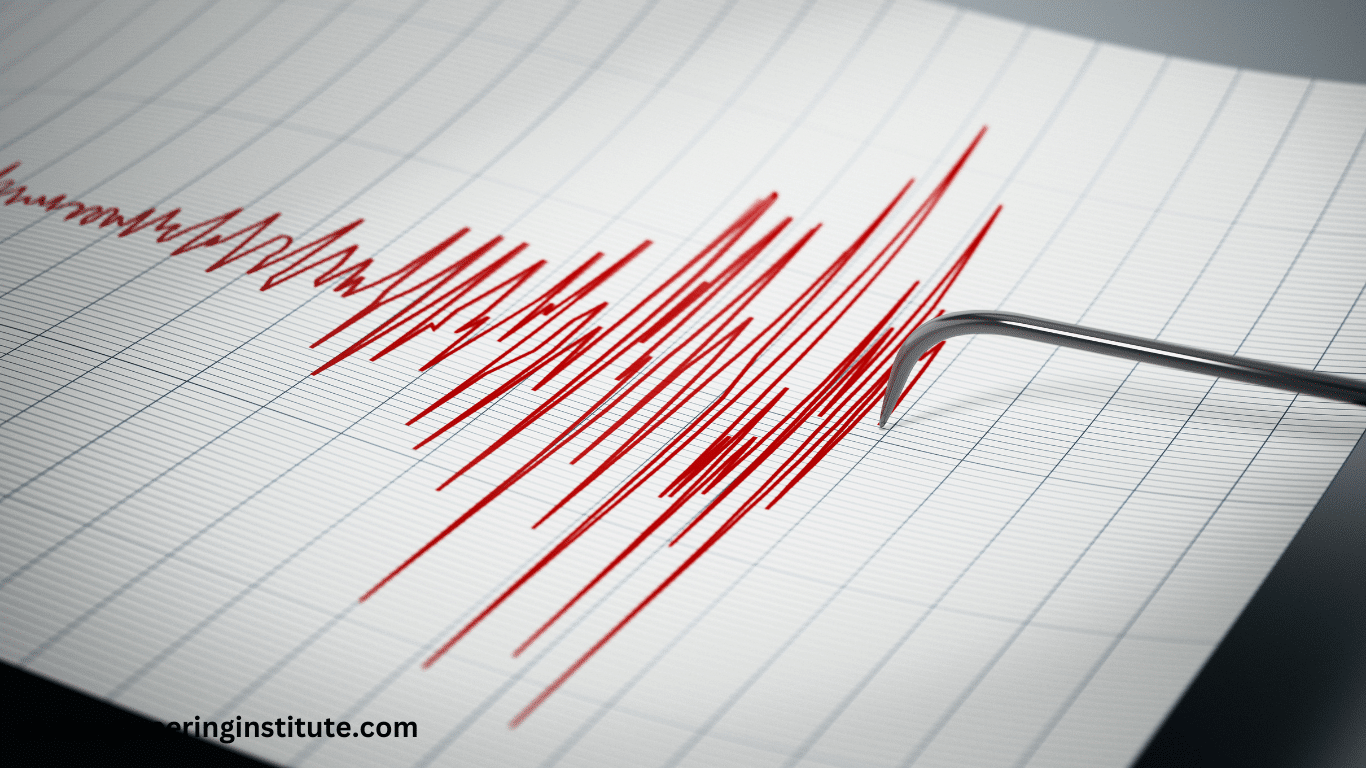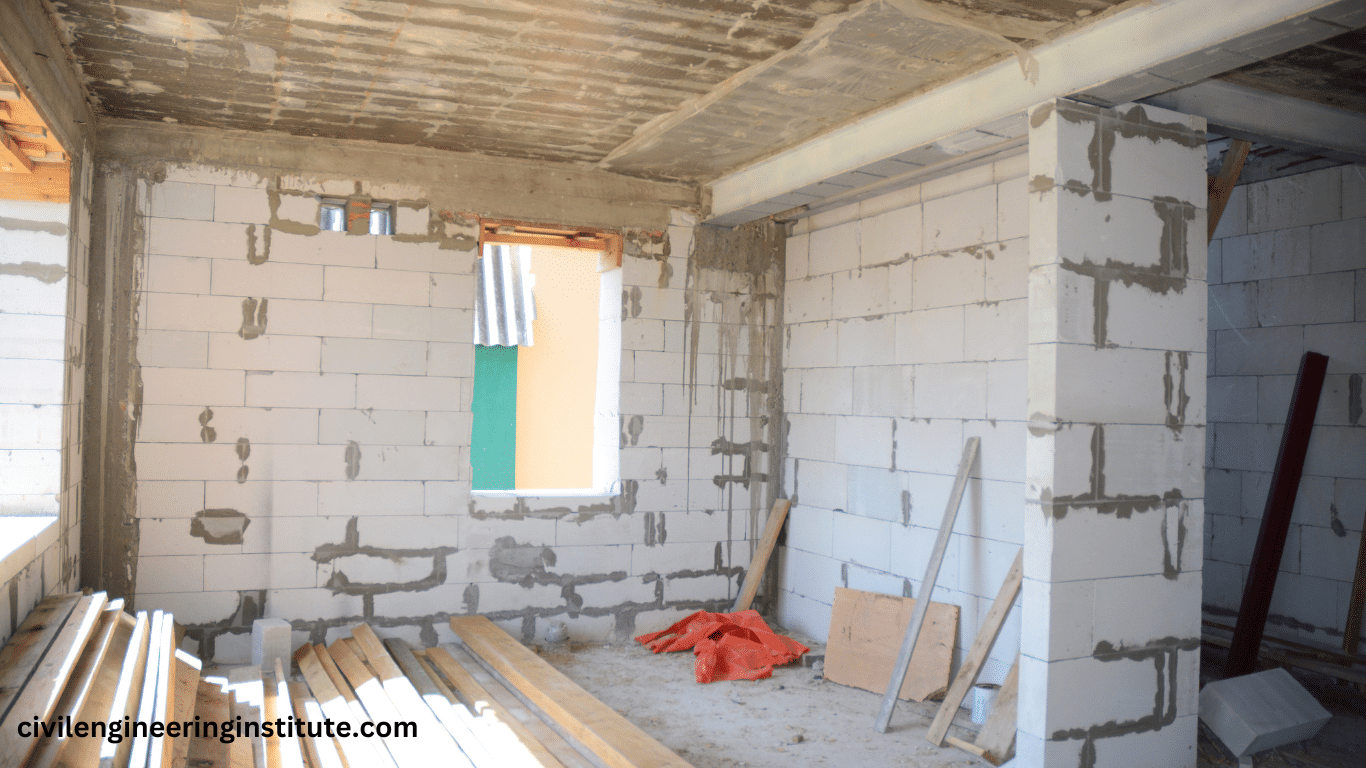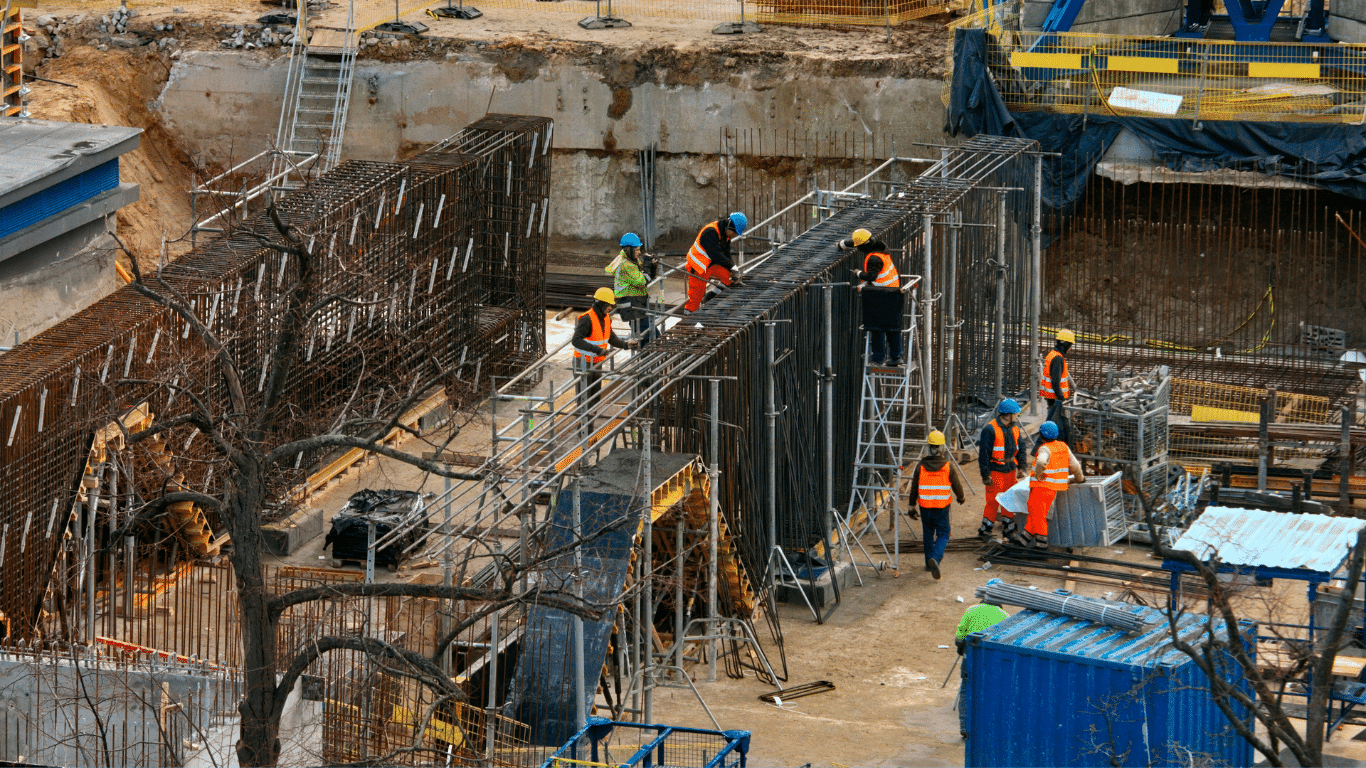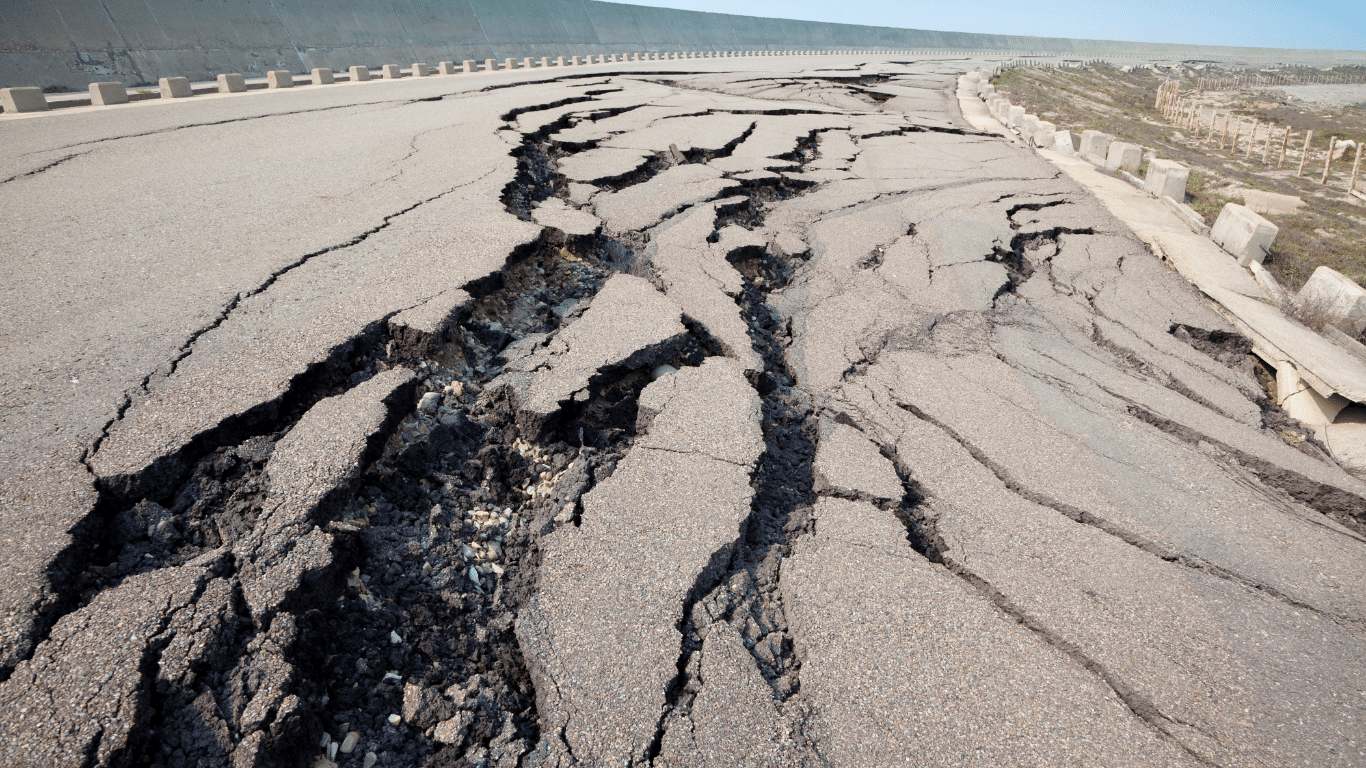Geotechnical earthquake engineering is important because it helps us understand how the ground behaves during earthquakes. When an earthquake happens, the shaking of the ground can cause buildings, bridges, and other structures to collapse or become damaged. Geotechnical engineers study the soil and rocks beneath these structures to figure out how strong they are and how they might respond to shaking.
By comprehending this, engineers can create infrastructure and buildings that can withstand earthquakes better, keeping people safe and minimizing the damage these natural disasters cause. So, geotechnical earthquake engineering plays a vital role in making our communities more resilient to earthquakes.
The Vital Role of Geotechnical Earthquake Engineering
In regions prone to earthquakes, understanding the behavior of the ground during seismic events is paramount. Geotechnical earthquake engineering is a field dedicated to comprehending and mitigating the risks posed by earthquakes. This article delves into why geotechnical earthquake engineering is crucial for safeguarding lives and infrastructure, exploring its significance in simple terms.
- Understanding earthquakes
- The Role of Geotechnical Engineering
- Assessing Seismic Hazards
- Site Characterization
- Foundation Design and Retrofitting
- Soil Liquefaction Mitigation
- Slope Stability Analysis
- Seismic Retrofitting Techniques
- Ensuring Lifeline Resilience
- Community Resilience and Public Safety
Understanding earthquakes
Before delving into geotechnical earthquake engineering, it’s essential to grasp the basics of earthquakes. Earthquakes occur when there’s a sudden release of energy in the Earth’s crust, causing seismic waves. These waves propagate through the ground, resulting in shaking that can have devastating effects on buildings, bridges, and other structures.
The Role of Geotechnical Engineering
Geotechnical engineering focuses on the behavior of earth materials—soil, rock, and groundwater. In the context of earthquakes, geotechnical engineers study how these materials respond to seismic forces. This knowledge is pivotal for designing structures that can withstand earthquakes and ensuring the stability of infrastructure.
Assessing Seismic Hazards
One of the primary tasks of geotechnical earthquake engineering is to assess seismic hazards in a given area. This involves analyzing historical earthquake data, understanding tectonic activity, and evaluating ground motion predictions. By identifying potential risks, engineers can implement appropriate measures to mitigate them.
Site Characterization
Before constructing any major infrastructure, thorough site characterization is essential. Geotechnical engineers investigate the properties of the soil and rock layers beneath the proposed site. This includes assessing factors such as soil type, density, and stability. By understanding the site’s geology, engineers can tailor designs to withstand potential seismic events.
Foundation Design and Retrofitting
The foundation is the backbone of any structure, and its design is critical for earthquake resistance. Geotechnical earthquake engineering plays a crucial role in designing foundations that can withstand seismic forces. Additionally, for existing structures, retrofitting—reinforcing them to improve earthquake resilience—is often necessary. Geotechnical engineers devise retrofitting solutions based on site-specific conditions and seismic risks.
Soil Liquefaction Mitigation
During an earthquake, certain types of soil can lose their strength and behave like liquids in a process known as liquefaction. This phenomenon poses significant risks to structures built on liquefiable soil. Geotechnical engineers employ various techniques to mitigate soil liquefaction, such as ground improvement methods and foundation design modifications.
Slope Stability Analysis
Earthquakes can trigger landslides and slope failures, posing hazards to communities and infrastructure. Geotechnical engineers conduct slope stability analyses to assess the risk of such events. By understanding the factors influencing slope stability, engineers can implement measures to prevent or minimize landslide risks.
Seismic Retrofitting Techniques
Retrofitting existing structures for earthquake resilience involves various techniques tailored to the specific needs of each building. These may include adding shear walls, bracing systems, or base isolators to enhance structural stability. Geotechnical engineers evaluate the most suitable retrofitting options based on factors such as building type, soil conditions, and seismic hazard levels.
Ensuring Lifeline Resilience
Lifeline infrastructure, including roads, bridges, and utility systems, is essential for community resilience during and after earthquakes. Geotechnical earthquake engineering plays a vital role in ensuring the resilience of lifeline systems. By designing robust foundations and implementing seismic retrofitting measures, engineers help maintain the functionality of critical infrastructure during seismic events.
Community Resilience and Public Safety
Ultimately, the goal of geotechnical earthquake engineering is to enhance community resilience and ensure public safety. By designing earthquake-resistant structures and infrastructure, engineers mitigate the risks posed by earthquakes, reducing the likelihood of casualties and property damage. Investing in geotechnical earthquake engineering is essential for building safer and more resilient communities.
some key points: why geotechnical earthquake engineering is important
Why is it important to study earthquake engineering?
Studying earthquake engineering is crucial because it helps us understand how the ground behaves during earthquakes. When earthquakes occur, they can cause buildings and infrastructure to collapse or become damaged. We can learn how to design structures that can withstand these strong forces by studying earthquake engineering, which will ultimately save lives and lessen the damage earthquakes cause. Understanding earthquake engineering also allows us to assess and mitigate the risks associated with seismic events, contributing to the safety and resilience of communities in earthquake-prone areas.
What is the importance of the test in geotechnical engineering?
Testing is an essential aspect of geotechnical engineering because it allows engineers to gather data about the properties of soil and rock. By conducting tests, such as soil density tests or shear strength tests, engineers can determine the stability and characteristics of the ground. This information is crucial for designing foundations, assessing slope stability, and mitigating geotechnical hazards. Testing also helps ensure the safety and reliability of infrastructure projects, as engineers can identify potential issues and make informed decisions based on the test results.
Why are geotechnical hazards important?
Geotechnical hazards, such as landslides, soil liquefaction, and slope failures, pose significant risks to communities and infrastructure. Understanding and mitigating these hazards is crucial to ensuring the safety and resilience of built environments. Geotechnical hazards can lead to property damage, disruption of essential services, and even loss of life during natural disasters, such as earthquakes and heavy rainfall. By identifying geotechnical hazards and implementing appropriate mitigation measures, engineers can reduce the impact of these hazards and protect lives and property.
Why are earthquake technologies important?
Earthquake technologies play a vital role in mitigating the impact of seismic events on buildings and infrastructure. These technologies include seismic retrofitting techniques, advanced building materials, and structural design innovations. By incorporating earthquake technologies into construction practices, engineers can enhance the resilience of structures and reduce the risk of damage during earthquakes. Investing in earthquake technologies is essential for building safer and more resilient communities in earthquake-prone regions.
Why is it important to manage earthquakes?
Managing earthquakes is essential for reducing the risks and impacts associated with seismic events. Earthquakes can cause widespread devastation, including building collapses, landslides, and tsunamis. By implementing effective earthquake preparedness and mitigation strategies, communities can minimize the loss of life and property during earthquakes. This includes measures such as developing emergency response plans, strengthening infrastructure, and educating the public about earthquake safety. Managing earthquakes also involves monitoring seismic activity and conducting research to improve our understanding of these natural phenomena.
What are the real-life applications of geotechnical engineering?
Geotechnical engineering has numerous real-life applications, ranging from building foundations and retaining walls to landslide mitigation and slope stabilization. In urban areas, geotechnical engineers play a crucial role in ensuring the stability and safety of buildings, bridges, and other infrastructure. In coastal regions, they may be involved in designing seawalls and shoreline protection structures to mitigate the effects of erosion and storm surges. Geotechnical engineering also encompasses environmental applications, such as soil remediation and groundwater management.
What is the focus of geotechnical engineering?
The focus of geotechnical engineering is primarily on the behavior of earth materials—soil, rock, and groundwater—and their interaction with structures and the environment. Geotechnical engineers study the physical, mechanical, and hydraulic properties of these materials to assess their suitability for construction projects and to mitigate geotechnical hazards. The field encompasses various disciplines, including soil mechanics, foundation engineering, and geotechnical earthquake engineering, with the overarching goal of ensuring the stability and safety of built environments.
What are the three most important causes of problems in geotechnical engineering?
Three significant causes of problems in geotechnical engineering include inadequate site investigation, poor construction practices, and unforeseen environmental changes. Inadequate site investigation can lead to an insufficient understanding of subsurface conditions, resulting in design errors and construction delays. Poor construction practices, such as improper compaction or inadequate foundation design, can compromise the stability and performance of structures. Unforeseen environmental changes, such as changes in groundwater levels or seismic activity, can also pose challenges to geotechnical engineering projects, requiring adaptive solutions and risk management strategies.
What are the geotechnical seismic hazards?
Geotechnical seismic hazards include liquefaction, landslides, ground shaking, and soil amplification. Liquefaction occurs when saturated soil loses its strength and behaves like a liquid during an earthquake, potentially causing buildings and infrastructure to sink or tilt. Seismic shaking can cause landslides to occur, which can result in debris flows and slope failures that harm infrastructure and property. Ground shaking and soil amplification can exacerbate the effects of earthquakes on buildings and structures, increasing the risk of structural damage and collapse.
What are the major hazards of earthquakes?
The major hazards of earthquakes include ground shaking, surface ruptures, tsunamis, and secondary effects such as landslides and fires. Ground shaking can cause buildings and infrastructure to sway and vibrate, leading to structural damage and collapse. Surface rupture occurs when the ground breaks along a fault line, causing displacement and fracturing of the earth’s surface. Tsunamis, triggered by underwater earthquakes or landslides, can generate massive ocean waves that inundate coastal areas. Communities and infrastructure are at increased risk as a result of secondary effects like landslides and fires that can exacerbate the damage from earthquakes.
Conclusion
Geotechnical earthquake engineering is indispensable for understanding and mitigating the risks associated with earthquakes. By assessing seismic hazards, designing resilient structures, and retrofitting existing infrastructure, engineers play a crucial role in safeguarding lives and property. Investing in geotechnical earthquake engineering is not just a matter of engineering expertise but also a commitment to building safer and more resilient communities for generations to come.
FAQs
Why is geotechnical earthquake engineering important?
Geotechnical earthquake engineering is vital for designing structures that can withstand seismic forces, ensuring safety during earthquakes.
What role does geotechnical earthquake engineering play in construction?
Geotechnical earthquake engineering helps engineers assess seismic hazards, design resilient foundations, and retrofit existing structures for earthquake resilience.
How does geotechnical earthquake engineering contribute to public safety?
Geotechnical earthquake engineering mitigates the risks posed by earthquakes, reducing casualties and property damage by designing safer infrastructure.
What are the key aspects of geotechnical earthquake engineering?
Key aspects include site characterization, foundation design, slope stability analysis, and seismic retrofitting techniques.
Why is geotechnical earthquake engineering crucial for infrastructure resilience?
Geotechnical earthquake engineering ensures the stability of critical infrastructure, such as buildings, bridges, and lifeline systems, during seismic events.
What are the consequences of neglecting geotechnical earthquake engineering?
Neglecting geotechnical earthquake engineering can result in structural failures, increased casualties, and extensive damage to property and infrastructure.
How does geotechnical earthquake engineering address soil liquefaction?
Geotechnical earthquake engineering employs techniques to mitigate soil liquefaction, preventing ground instability and structural damage during earthquakes.
What role does geotechnical earthquake engineering play in disaster risk reduction?
Geotechnical earthquake engineering contributes to disaster risk reduction by identifying and mitigating geotechnical hazards and enhancing community resilience.
Why should developers and policymakers prioritize geotechnical earthquake engineering?
Prioritizing geotechnical earthquake engineering ensures sustainable development, reduces economic losses, and protects lives in earthquake-prone regions.
How can individuals benefit from understanding geotechnical earthquake engineering?
Understanding geotechnical earthquake engineering enables individuals to make informed decisions about building safety, emergency preparedness, and risk mitigation strategies.





